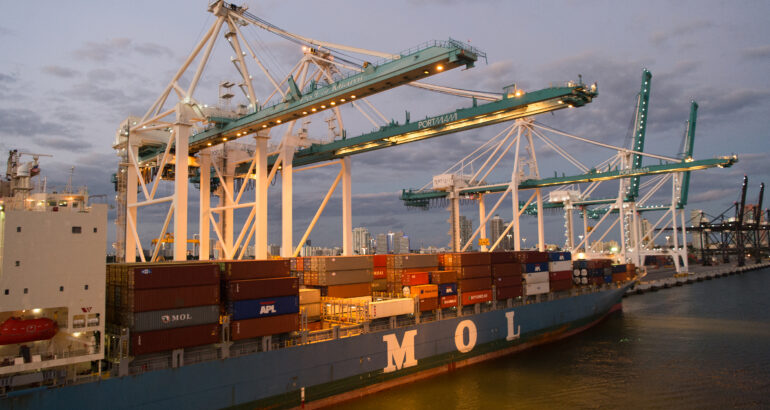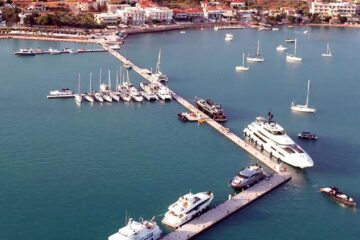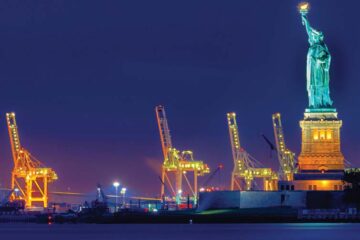Lifting operations at ANY Port Facility should always be carefully planned, appropriately supervised and carried out to protect the safety of employees and others who may be at risk. Risk assessments should be carried out to assess the hazards and risks of loading or unloading the cargoes handled at the particular facility or by the particular employer. The risks to employees, contractors, ships’ crew members and others who may be affected by the work activity should be covered and the appropriate control measures put in place. The following issues should be considered in relation to the planning and control of all lifting operations:
- Allocation of responsibility for planning and control of the operation.
- Cargo characteristics e.g. containers, packaged timber, steel, breakbulk; gross weights, dimensions, centers of gravity, handling requirements; cargo stowage plan, access, lashing or unlashing arrangements and loading or unloading sequence; and issues arising on sea voyage e.g. cargo shifted or unstable Ship characteristics e.g. type, configuration, restrictions.
- Facility characteristics e.g. layout, access, laydown or storage areas, ground bearing capacities, load bearing capacity of the dock area if mobile cranes are being used.
- Crane characteristics e.g. shore cranes (gantry, mobile or slewing), or ship’s cranes.
- Procedures for checking records and certificates and for initial and periodic checking of the integrity of the equipment; checking, testing and using crane safety control features as per manufacturer’s recommendations e.g. interlocks, limit switches, load cells, anemometers, gates, limits, anti-collision protection, braking and anchoring systems, emergency stops.
- Selection and checking of lifting accessories e.g. slings, pre-slung cargo, shackles, frames, spreaders, or other loose gear.
- The personnel carrying out the work i.e. permanent, temporary or fixed-term.
- Environmental restrictions; wind or tidal limitations; day or night work.
- Risk assessment and development of lift plan, taking account of prior experience with the specific type of cargo or cranes and if risk assessments have already been carried out.
- Pre-operations inspection of cargo by responsible person to check; the presentation and stowage of the cargo, any signs of damage or shifting, any awkwardly stowed cargo, or any risks of snagging; and arrangements for safe access to each hold and/or to deck cargo.
- Co-ordination of arrangements for responsible persons from ship and shore; for pre-use inspections of lifting equipment and accessories; and plan loading and unloading activities.
- Communications and signaling arrangements between; crane operators and cargo handlers on ship and on shore by visual and/or radio methods; and ship and shore supervisors or management.
- Consulting with or informing other port users.
- Reporting defects, notifying those at risk, and taking appropriate control measures.
- Procedures for stopping operations and storm anchoring the crane in high wind conditions, in accordance with the manufacturer’s design operating limits.
- Crane operator training and experience in both the technical operation of the crane and the correct procedures for safely loading and unloading cargo in cooperation with the slinger, signalers, cargo handlers and ship’s crew.
- Particular care should be taken to ensure that any crane for high frequency use is suitable for that duty, otherwise there is the risk that its design life may be reached a lot sooner than otherwise would have been the case.









